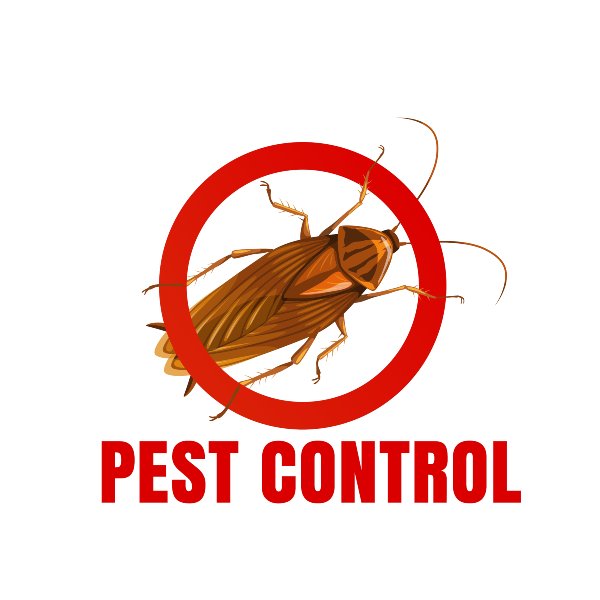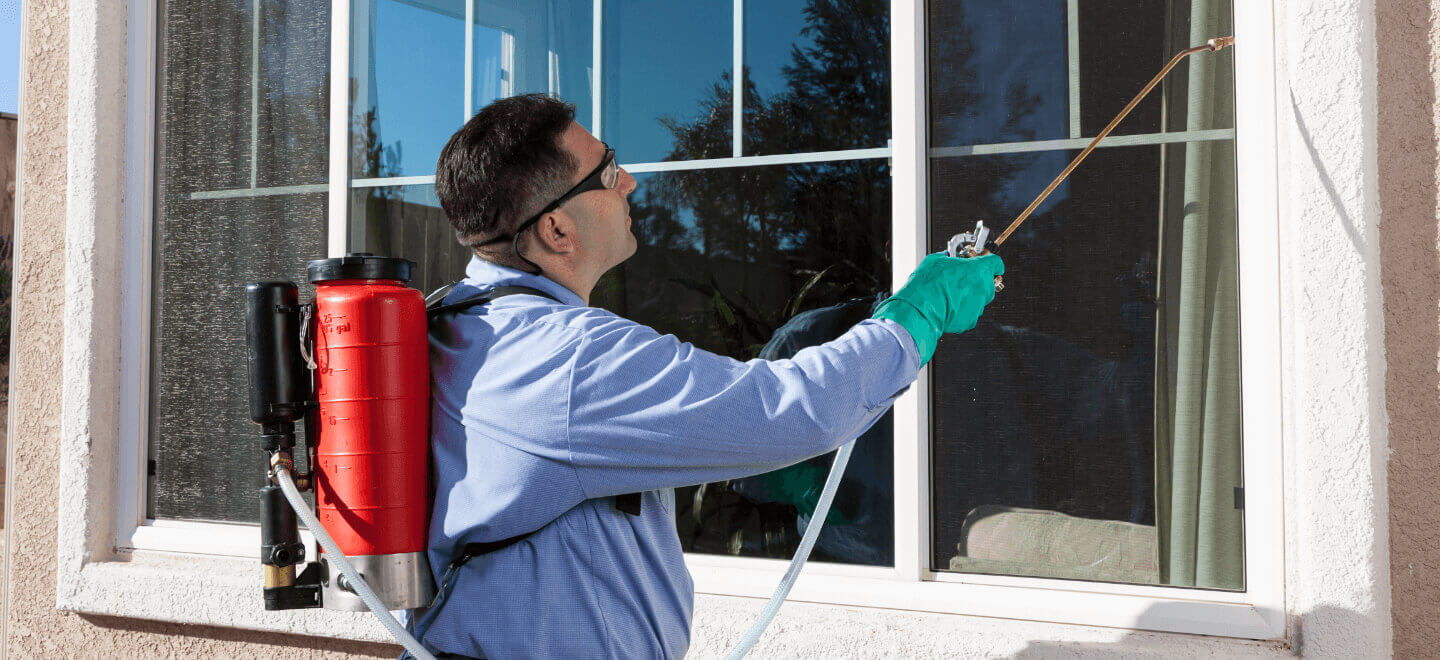Specialist A1 Charlotte Bed Bug Exterminator - Quality Solution Ensured
Wiki Article
Bed Insect Treatment Breakdown: Comparing Chemical Vs. Non-Chemical Solutions
In the realm of bug control, specifically when dealing with the persistent issue of bed pests, the selection in between chemical and non-chemical therapy services can be a crucial one. Both techniques supply distinct benefits and drawbacks, affecting factors such as efficiency, security factors to consider, and total cost. By analyzing the nuanced information of each method, a clearer understanding of which course to pursue in addressing a bed insect invasion can be achieved.Effectiveness of Chemical Therapies
Chemical treatments for bed pest problems have been extensively identified for their rapid and potent effectiveness in getting rid of these pests. When thinking about the efficiency of chemical therapies, it is vital to understand that they can offer a quick and comprehensive service to a bed insect issue. Expert pest control specialists usually rely upon pesticides to target bed bugs at different stages of their life cycle, including eggs, adults, and nymphs. These chemicals generally work by interfering with the bed insects' nerves, causing paralysis and eventual death.Furthermore, chemical therapies have the advantage of using residual effects, suggesting that they can continue to remove bed pests even after the preliminary application. This recurring activity is especially advantageous in combating any kind of prospective re-infestations. Furthermore, the fast action of chemical treatments can bring alleviation to people facing severe bed bug problems, allowing them to regain control of their living areas promptly.
Safety Worry About Chemical Solutions
One vital aspect that needs careful consideration when making use of chemical options for bed insect therapy is guaranteeing the safety and security of passengers and the environment. Exposure to particular chemicals utilized in bed insect therapies can lead to breathing concerns, skin irritability, or various other damaging responses, specifically in people with pre-existing problems or sensitivities.Moreover, the environmental impact of chemical services is an additional substantial consideration. Some pesticides utilized in bed insect therapies might be unsafe to advantageous insects, wild animals, and ecosystems if they leach right into the soil or water systems. It is necessary to utilize chemical therapies deliberately, complying with safety and security guidelines, and thinking about less toxic options to mitigate these threats and make certain the efficient and secure monitoring of bed bug problems.
Advantages of Non-Chemical Techniques
Taking into consideration the prospective security worries and ecological impact linked with chemical services for bed pest therapy, exploring non-chemical techniques presents an encouraging option with a number of distinctive advantages. Non-chemical approaches use a much safer choice for households, specifically those with youngsters, people, or animals conscious harsh chemicals. These methods remove the risks of direct exposure to harmful compounds, decreasing the capacity for damaging health effects. Additionally, non-chemical treatments are environmentally friendly, as they do not add to air or water contamination, making them a lasting selection for parasite control.Additionally, non-chemical solutions can be efficient in targeting bed bugs, consisting of hard-to-reach areas where when to do pest control for home chemical therapies might not permeate - A1 charlotte bed bug exterminator. Methods such as warmth treatment, vacuuming, steam cleansing, and cushion coverings offer complete obliteration without the usage of hazardous chemicals.
Limitations of Non-Chemical Treatments

In addition, non-chemical therapies often call for numerous applications to achieve successful eradication. This can be time-consuming and might not constantly ensure total elimination of all bed pests and their eggs, especially in hard-to-reach or hidden areas.
Furthermore, the success of non-chemical treatments heavily counts on correct application and thoroughness, which can be testing for people without expert competence. Poor application of non-chemical methods may result in incomplete removal, resulting in consistent problems and the demand for additional therapies.
For that reason, while non-chemical therapies have their advantages, it is necessary to acknowledge these restrictions and consider them when determining the termite control in my area most reliable technique for handling bed pest infestations.
Expense Comparison: Chemical Vs. Non-Chemical Options
Provided the restrictions connected with non-chemical treatments, an essential facet to review in the context of bed insect monitoring is the cost comparison between chemical and non-chemical options. In comparison, non-chemical treatments like warmth treatment or heavy steam can be more costly, with expenses ranging from $1,000 to $6,000 for an entire home. While the preliminary expense of chemical treatments may appear lower, multiple therapies might be required to totally eradicate the infestation, potentially increasing the overall expense.Final Thought

Taking into consideration the possible safety and security concerns and environmental impact associated with chemical options for bed insect treatment, checking out non-chemical techniques presents a promising option with numerous distinct advantages.Provided the restrictions linked with non-chemical treatments, an essential facet to review in the context of bed bug monitoring is the expense comparison between chemical and non-chemical choices. In contrast, non-chemical treatments like warm treatment or vapor can be more costly, with prices varying from $1,000 to $6,000 for an entire home. While the initial price of chemical therapies might appear lower, numerous therapies may be needed to totally eradicate the infestation, potentially raising the general price.In conclusion, when contrasting chemical and non-chemical bed bug therapy alternatives, it is necessary to take into consideration performance, safety and security, advantages, restrictions, and price.
Report this wiki page